Enab Baladi‘s Investigation Team
Dia Odeh | Mourad Abdul Jalil | Ahmad Jamal
The Syrian Army was not prepared when the Syrian revolution started… Bashar al-Assad surprisingly pushed it to face anti-regime demonstrations in most of Syrian cities and towns. It was a war initiated by the Syrian regime against an adversary that had not been mentioned in military books and military trainings in al-Aghrar and al-Saiqa training centers which soldiers used to undergo at the beginning of their enrollment.
At the beginning of the revolution, the army did not witness noticeable changes, notwithstanding the increasing defections. However, the regime’s dependence on reliable military decision-making figures contributed to the reduction of the possibility of it cracking, while subsequent military developments affected the form of the Syrian regime’s military institution.
The regime’s excessive use of military power in rebel areas had relied on Iranian militias supporting the Syrian army on the ground, in addition to the Russian Air Force, which has been active in Syria since 2015.
On a structural level, the army witnessed the addition of brigades and the transfer of allegiances to others. Additionally, it saw the use of “support” forces from Russia and Iran despite differences in objectives and implementation, notwithstanding the close ties with the head of the regime.
In this report, Enab Baladi investigates the roles Russia and Iran played, as key military allies of the regime, and the future of the Syrian Army in light of the changes that have taken place in it and the interventions therein.
The designation of the “Syrian Army” is used to refer to the regime’s military entity as a structure that may undergo further shifts, according to future merging or restructuring operations, after a solution is reached in Syria.
The Russian role in the Syrian Army
Preventive intervention and interest-based control
After the Russian military’s official intervention in Syria in September 2015 alongside the Syrian regime to stop the expansion of opposition factions in large areas, Russian President Vladimir Putin predicted that the intervention would be temporary for three or four months and only through the air force, in order to support the land forces, which were at the time embodied by the Syrian regime forces, Iranian militias as well as the Lebanese Hezbollah.
Putin also maintained that the intervention is only “preventive” against the arrival of what he called “terrorism” to Russia. However, the military situation on the ground changed Russia’s objectives, and deepened the country’s intervention in Syria after four years, making it politically and militarily responsible for the conflict before the international community.
With the new changes over the past years, and Russia’s increased involvement in the Syrian file, the Russian base changed from supporting the regime to fully managing the file, taking advantage of the opportunities that were part of its role in the international scene as a major power, in addition to achieving economic gains.
As a result, Russia’s intervention is no longer confined to the air force. It also deployed ground forces, including the Russian Military Police, which has been deployed in the “reconciliation areas” the Syrian regime entered after settlements with opposition factions in Eastern Ghouta and Daraa in the south, in addition to sending “special protection units” and Russian security groups called “Wagner”.
Russian modus operaandi
With the increase of the Syrian regime’s losses in the battles against the opposition factions, and Iran’s infiltration of the regime’s army and security forces through supporting militias, Russia started making reforms in the Syrian army’s form and structure in an attempt to influence its decisions. This was embodied in the formation of pro-Russian forces and military corps, in addition to pressuring the regime to issue some laws and decisions, including those relating to the law of military service and reserve, and some related to the decisions of the demobilization and movement of officers.
The beginning was the formation of the 5th Corps, a Russian project par excellence, under a decision of the General Command of the Syrian regime, on November 22, 2016, under the name of the 5th Corps “storming” in order to eliminate “terrorism.”
The Command said at the time that the formation of the Corps came “in response to the rapid developments of events, to strengthen the armed forces’ successes, and to meet our prideful people’s desire to put an end to the terrorist acts on the territories of the Syrian Arab Republic,” setting the joining conditions and inviting everyone to join the Corps.
Russia’s formation of the Corps was aimed to absorb “local militias” in a military organizational structure equivalent to the influence of Iranian militias on the ground. In addition, the item related to the joining of the Corps in exchange for settling the opposition fighters’ situation was present in all the negotiations that Russia held with the factions in the “reconciliation areas,” the most recent of which was in July when the commander of the Lions of Sunna Brigade in Daraa, Ahmad al-Odeh, joined the Corps.
Russia also worked on training military forces known as the Tiger Forces headed by Brigadier General Suheil al-Hassan, who was honored with the Medal of Courage in 2016 by the Russian Ministry of Defense, for his fighting against ISIS in the northern countryside of Hama.
The Tiger Forces changed their name to “25th Special Task Force – Counter-Terrorism” in August 2019, and media pages and outlets circulated the news of changing the name of the forces participating in the military operations launched by the Syrian regime forces in Idlib and the countryside of Hama, under the directives of the regime’s president, Bashar al-Assad.
The Tiger Forces are considered one of the most effective Syrian regime forces, and were known in their military operations by adopting the scorched-earth policy. The Syrian regime relied on these forces in several Syrian areas, from the town of Morek in Hama countryside up to the city of Palmyra in the eastern countryside of Homs, then to the city of Aleppo and then to Eastern Ghouta, Eastern Qalamoun, and the two governorates of Daraa and Quneitra.
In addition, Russia started supervising the training of the Syrian regime forces on field combat and battles. Russia Today (RT) TV Channel published a video clip of the exercises on September 25 featuring Russian officers’ supervision of trainings of the regime’s “special forces” in the vicinity of Damascus city.
The previous Russian moves have raised questions about Moscow’s real goals as well as the extent to which Moscow has become in control of the military decisions.

President of the Syrian regime Bashar al-Assad with his army members in Idlib countryside – October 2019 (SANA)
Does Russia control the army?
In an opinion poll conducted by Enab Baladi on its Facebook page, 85 percent of the 1,000 respondents said that the Russians are controlling the Syrian Army.
However, Maan Talaa, a researcher at Omran Center for Studies, believes that the regime which has the power to make decisions on appointments, transfer and demobilization, is the party controlling the army, despite the prevailing wisdom over the past decades that the army in Syria was a subsidiary of the eastern camp, which was then represented by the Soviet Union before its collapse.
Talaa explained that the army contains two types of officers at the command level; the first includes technical officers responsible for the structure of the army organization, the submission of proposals and the preparation of appointment and promotions schedules. A number of these officers are linked to Moscow, as the military arming policy is Russian. In addition to that, Syria is politically affiliated with the eastern camp.
The second type of leadership includes those who have important relations with other military institutions related to alliances and military education, such as the Czech Republic and North Korea, as well as Arab countries such as Egypt and Sudan.
According to Talaa in addition to the aforementioned two types, there is the intelligence arm that monitors the army, represented by military security networks, most notably the Republican Guard and the Fourth Division, which are linked to the Syrian regime that directly controls them.
Talaa pointed out that the regime is in control of the army, considering that the security networks, military intelligence and the decisions of appointment and demobilization are at his hand, and Russia or any other country have nothing to do with this, while the relationship with Russia was a technical one as indicated by state policies.
However, following the Russian intervention, the losses of the Syrian regime forces, especially its elite forces (the Republican Guard and the Fourth Division), and the Russians’ further intervention in the Syrian file, Moscow tried to make changes in the organizational structure of the army to contribute to its re-cohesion and re-organization.
Adjustment and re-cohesion
According to Talaa, for the Russians, restructuring is considered as “re-cohesion and military adjustment,” but not a competition for the ownership of the army for two reasons. First, to preserve the gains and reduce the burden, then to prevent the continuation of its military digression and further engagement to the Syrian file as Russians will continue to be involved to a large extent as long as there is no cohesive army.
In June 2017, Russian President Vladimir Putin confirmed that “Russia’s priorities and mission in the short term are to increase the level of Syrian army and its combat capabilities so that it can quietly withdraw to the stationed headquarters in Hmeimim and at Tartus base, and to allow Syrian forces to operate effectively and achieve their desired objectives.”
According to Talaa, the second goal of Russians concerns the army’s existence and not turning it into a site of competition between the other involved forces in Syrian affairs (such as the US, Turkey and Iran), and this relates to the upcoming political settlement in Syria, which is not clear yet.
Talaa pointed out that the political authority is the one that controls the military adjustment, and it is currently represented by the president of the regime, Bashar al-Assad, due to the presidential system in Syria. But in case there is a new political authority in the future it might be a parliamentary system, where the Parliament becomes the decision-maker and imposes its will on the army in the presence of parliamentary blocs which may lead to a competition for the structure of the military, and this is not what Russia wishes to happen.
Iranian infiltration
Agreements to rebuild the “Syrian Army”
The repression operations were limited to Syrian army officers who were giving orders in the first months of its spread in cities where thousands of demonstrators were going to the street. However, several months after, Iran’s role came to the fore, through the participation of its members in the suppression of the demonstrators along with members of the army and members of the security branches. Their work focused on the sniping operations with the military campaigns of the members of the army and raids by the security branches.
Developments accelerated later, and the Iranian role evolved from participation in the repression alongside the intelligence branches to the formation and deployment of militias as auxiliary forces for the army. This coincided with the transition from a peaceful movement to an armed one in Syria, and the declaration of the formation of the Free Syrian Army, which set its goals to defend peaceful protesters and protect the lives of civilians from raids and arrests.
First stage: infiltration
In order to understand the role Iran is playing in the structure of the Syrian army, and the steps it intends to work on in the near future, it is necessary to list the stages of its military infiltration in Syria, since the first interference in 2012, with the beginning of the Syrian revolution till now as the Syrian file entered a new phase towards a “political solution” through steps that could lead to “constitutional reform”.
Since its first intervention in Syria to support the Syrian regime, Iran has pursued a policy of “long-term infiltration” of the Syrian regime. As a first stage, it relied on the militias that it formed, supported and financed to fight beside the Syrian regime’s forces, whose influence spread across the entire Syrian map. Starting from Daraa in the south to Idlib and Aleppo in the north and was considered in the official version as “back-up forces”.
Some of the names of the militias included evidence of their direct connection to Iran and the Iranian Revolutionary Guard and some of them carried the names of Syria, but they received “hidden” Iranian financial and military support without a public announcement.
This is in addition to the deeper Iranian conversion into the structure of the Syrian army by involving its military advisers and trainers. This was confirmed by the official statements of Tehran, which have been interrupted in the past years and limited Iranian intervention in Syria to advisory and training support.
Maan Talaa, a researcher at Omran Center, explains that after its intervention in Syria, Iran has become related to the structure of the political regime that controls the army, and shifted from the idea of the militias that imposed its vision of the conflict in Syria because of the need of the Syrian regime and its presence in sensitive areas in Syria.
Talaa says that Iran has acquired in the past few years, the structure of the Syrian army horizontally, unlike Russia, which has acquired it vertically. This means that Tehran has worked onto a qualitative and long-term incursion, starting from the formation of militias and the subsequent transition to a new phase of the military role. The integration of militia was particularly in the qualitative forces of the army, as the “Fourth Division’s” and the Republican Guard”.
Second stage: reinforcement militias
Iran had to pursue a new policy to seek a long-term incursion plan so as to infiltrate the structure of the Syrian army, following the formation and deployment of militias in Syria. Despite the great military momentum it had provided to support Syrian regime forces, Iran had not been able to lead until Russia’s interference in 2015. This changed the field data on the ground, prompting Tehran to pursue a strategy that would help it adapt to al-Assad’s new ally while preserving the interests set out by the first intervention in 2012.
The strategy imposed by Russian intervention and changing data on the ground prompted Iran to begin integrating its local militia allies into a hybrid military structure, under the nominal authority of the Air Force Intelligence, the Fourth Division, and the Republican Guard.
In April 2017, Tehran reached an agreement to integrate the local defense forces, which were formed of militias it had sponsored between 2013 and 2014 into the regime’s official forces (the Syrian army). This merger did not end its dependence on Iran, but it remained the only one taking responsibility for its arming and financing.
The agreement was included in a document “from the Organization and Administration Division / Organization and Armed Forces Branch” and submitted to the “Commander-in-Chief of the Army and Armed Forces” Bashar al-Assad. It was deliberated in 2017 and stated in “the organization of military and civilian elements fighting with the Iranians among the local defense regiments in Provinces.”
The document contained a table showing the numbers of military defaults on compulsory and reserve service, deserters, civilians and “normalized” status according to the governorates. It stipulated that the leadership of the local defense regiments would remain in the provinces with the Iranian side. This will be in coordination with the General Command of the Army and the Armed Forces “until the crisis in the Syrian Arab Republic has ended or a new resolution has been passed”.
Third stage: reconstruction
The most significant step taken by Iran, which was part of its role in the structure of the Syrian army was public. It coincided with the spread of the control of Syrian regime over the ground, and the steps that Russia began to work on in the army structure, through the formation of the “5th Corps” and the prominence of its active role.
In August 2018, Iran and the Syrian regime signed an agreement on military cooperation. According to Iranian Defense Minister Amir Hatami, his country will provide Damascus with all forms of support to rebuild Syria’s armed forces and defense industries, including missiles.
The Iranian news agency “Tasnim”, at the time, quoted Hatami as saying that the agreement aims to “strengthen the defense infrastructure in Syria, which is the main guarantor of the continuation and maintenance of peace,” allowing the continuation of “the presence and participation” of Iran in Syria. Hatami considered that Syria “is going beyond the crisis, reaching a very important stage of reconstruction.”
In an interview with Al-Mayadeen satellite channel aired at the same time of the declaration of the agreement, Hatami explained, from Damascus, that “the most important item in this agreement is the reconstruction of Syrian armed forces and defense industries so that they can recuperate their full capability.”
He said in the Persian-language interview translated into Arabic by Al-Mayadeen that “through this agreement, we have paved the way to begin reconstructing the Syrian military industries”.
According to Colonel Ismail Ayoub, an expert in military and strategic affairs, there are no Iranian formations within the Syrian army, but there are military advisers, experts from the classic Iranian army and the Revolutionary Guards.
Ayoub added to Enab Baladi that the advisers are working with all the security services and the army, “who are affiliated with Iran such as the fourth division, and some sectors in Aleppo and Idlib.”
In light of the aforementioned, the deployment of Iranian militias is concentrated either in military bases belonging to the regime forces, or through its own formation developed and spread throughout Syria, especially near the border areas with Jordan and in Daraa, al-Sukhnah, al-Qalamoun and Aleppo, as well as in al-Hadher area in the southern countryside.
In addition, Tehran has strengthened its alliances with senior military commanders such as the Fourth Division Commander, Major General Maher al-Assad, the Republican Guard Commander, Brigadier General Talal Makhlouf, and former Air Force Intelligence Commander, Major General Jamil Hassan.
In parallel with Iran’s infiltration into the structure of the Syrian army, Russia continued to play a prominent role, which has been public since the first day of its military intervention in favor of the Syrian regime, raising questions about the possibility of a clash between the two parties, whose interests converge at several points and diverge in others.
According to Maan Talaa, the first Iranian bet in Syria was to subordinate Damascus to Tehran at political, administrative and economic levels. He pointed out that the Syrian regime has been subjugated by Iran, by virtue of the latter’s hegemony over an entire social segment in Syria, in addition to the large military role played by the Iranian army there.
Talaa explained that the attempts made by Iran to reposition at the present time does not mean retreating, which is confirmed by the Syrian army’s current association with Iran after signing several decrees and treaties. He noted that Iran has a significant role within the Syrian army and related military matters in Syria.
Meanwhile, Colonel Ayoub said that Russia has been relying on the Iranian militias in Syria so far, adding that “if the Russians no longer need these militias, an international decision will be taken to get them out of Syria immediately.”
Possibilities of restructuring or reintegration
What future awaits the Syrian Army?
The structure of the Syrian army at the beginning of the revolution varied with the wave of defections and the intensification of sectarian presence, as well as the creation of rival forces leading battles in different parts of Syria against the opposition factions. Thus, with the Russian and Iranian intervention in the army, it became difficult for the Syrian army to return in the future to the way it was before, no matter how the political solution in Syria is going to be implemented.
The post-war structure of the Syrian army will be based on one of two mechanisms, either “restructuring” or “reintegrating” the various factions in Syria, whether the pro-regime formations, the opposition or Kurdish militias, which participated in military operations during the war.
Territorial control
Kheder Khaddour, a researcher at the Carnegie Middle East Center, believes that the future of the Syrian army revolves around two main points. The first is the army’s perspective vis à vis the Syrian territory, which is expressed through the military forces expansion on the Syrian geographical landscape differently from the years that preceded the 2011 revolution.
Khaddour explained in an interview with Enab Baladi: “Before the revolution in Syria, the Syrian army was mainly deployed in central and southern Syria. The Syrian army formations were deployed in the central governorates (Homs and Hama) and the southern governorates (Damascus, Daraa, and As-Suwayda), and to a lesser extent in the east (Raqqa, Hasakah and Deir ez-Zor). However, in Aleppo and Idlib, the army did not have field presence.”
The researcher added that “internal clashes on the Syrian territory forced al-Assad regime and its Russian ally to reconsider the army’s handling of the Syrian territory. A Republican Guard division was established in northern Syria (Aleppo), and now the army is spreading in eastern Syria and new military structures are likely to be established in the east.”
However, the Syrian army will face a dilemma regarding field expansion, which is the shortage of military cadres. Such a problem is currently compensated by civilian contractors, according to Khaddour, who believes that this dilemma will remain in the foreseeable future, saying: “The problem may be temporarily resolved by opening the doors to volunteering in the army, i.e. maximizing officers’ numbers, and recruiting as many officers as possible in the coming years.”
The second obstacle facing the future of the Syrian army is the air forces’ deficiency, in the sense that the Syrian army lost most of the air force’s equipment and weaponry. Thus, it lost the Syrian skies, which are now controlled by the regime’s Russian ally, according to Khaddour, who stated that “building a new Syrian air force will take years, at the level of staff training and establishing a modern infrastructure, which is not available in the current political circumstances.”
Army’s future formations
The future image of the army in Syria is characterized by its main divisions, brigades and field formations, with a noticeable shortage of officers, personnel and even formations after the great losses the army faced. The Russian ally worked to add new formations to the Syrian army in order to cover the deficiency: namely; the Fifth Corps, which included armed factions involved in the settlement (former opposition) and concentrated its activities with the regular army forces.
The Russians recently invited the Syrian Democratic Forces (SDF) to join the Fifth Corps in the Syrian Army as a step to integrate the SDF in the Syrian army. Such a call was linked by the SDF to a comprehensive political solution in Syria, which is indicative of the Russian plan to endorse the army formations in preparation for the coming stage.
In the case of opposition factions, Russia and the regime are working to integrate armed oppositionists in the army formations after settling their status, according to specific criteria separately fixed to former dissidents, and new volunteers who joined the army within the framework of obligatory military service as a condition of reaching settlement with the regime.
Khaddour believed that the inclusion of opposition factions supported by Turkey in the Syrian army formations depends on the Russian-Turkish agreements in the coming months and years, “not the army per se.”
In the case of the SDF, there will be no merger with the regime’s army in Syria, as the latter is seeking to dismantle these forces and reintegrate its fighters into the army forces under the terms of the settlement, rather than merging the SDF factions as whole entities, Khaddour believes.
Instead of dealing with the SDF forces as an independent entity or forces that the regime must be allied with and grant a special formation within the army, the Syrian regime insists on affiliation with the SDF by calling on the factions’ elements to settle their status and joining the Syrian army as independent members, as confirmed by the statement issued by the Syrian Ministry of Defense on October 30.
Restructuring challenges
The Syrian army’s restructuring proposals seem inaccessible at the moment, in light of several challenges, as no conditions for implementing a political agreement in Syria, which can promote change and democratization as a condition for restructuring, are available.
According to a study released by Omran For Strategic Studies, in May 2019, entitled: The Syrian Military Establishment in 2019: Sectarianism, Militia and Foreign Investments, one of the main challenges facing any plan to restructure the army is the inability to control its ties with the presidential institution and the difficulty of achieving a democratic transition.
According to the study, restructuring the army requires the establishment of a political agreement “that allows legitimate and credible institutions to start their work according to the rules of change and democratic transition.”
Constitutional and legal approaches also play a major role in achieving civilian sovereignty over the army by constitutionally restricting its mission.
However, the ongoing integration and rehabilitation processes within the army only portend the construction of a network that transforms it into a major militia within the ranks of which the interests of the allies (the regime, Iran and Russia) overlap and vary.”
Restoration attempts
In turn, Talaa explained that the Syrian army is facing great challenges after reaching an advanced stage of imbalance at organizational, aptness and funding levels. This is what the Russian side is attempting to overcome by preserving the army structure and integrating all other militias into its formations in order to maintain military structural cohesion in accordance with the Syrian constitutional legislation with the aim of getting the Syrian army rid of external interference in the future, following the implementation of the political solution.
Talaa told Enab Baladi that the Syrian army has the legislative, constitutional and military capabilities as a leader in the current Syrian landscape. That is why the Syrian military institution is working to restore its structure in line with the Russian plan to reintegrate all the other armed formations within the Syrian army so that the latter can acquire the necessary strength to lead the next phase.
It is expected that the countries allied to the regime and the guarantors of the Syrian file, under the supervision of the United Nations, will attempt to ensure the deployment of the army formations and enabling it militarily and logistically in a way that suits the requirements of the next stage, especially with the agreement on a political solution between the concerned parties.
if you think the article contain wrong information or you have additional details Send Correction
النسخة العربية من المقال
-
Follow us :












 Members of al-Assad's forces during the military campaign in Quneitra - July 2018 (Reuters)
Members of al-Assad's forces during the military campaign in Quneitra - July 2018 (Reuters)





 A
A
A
A
A
A

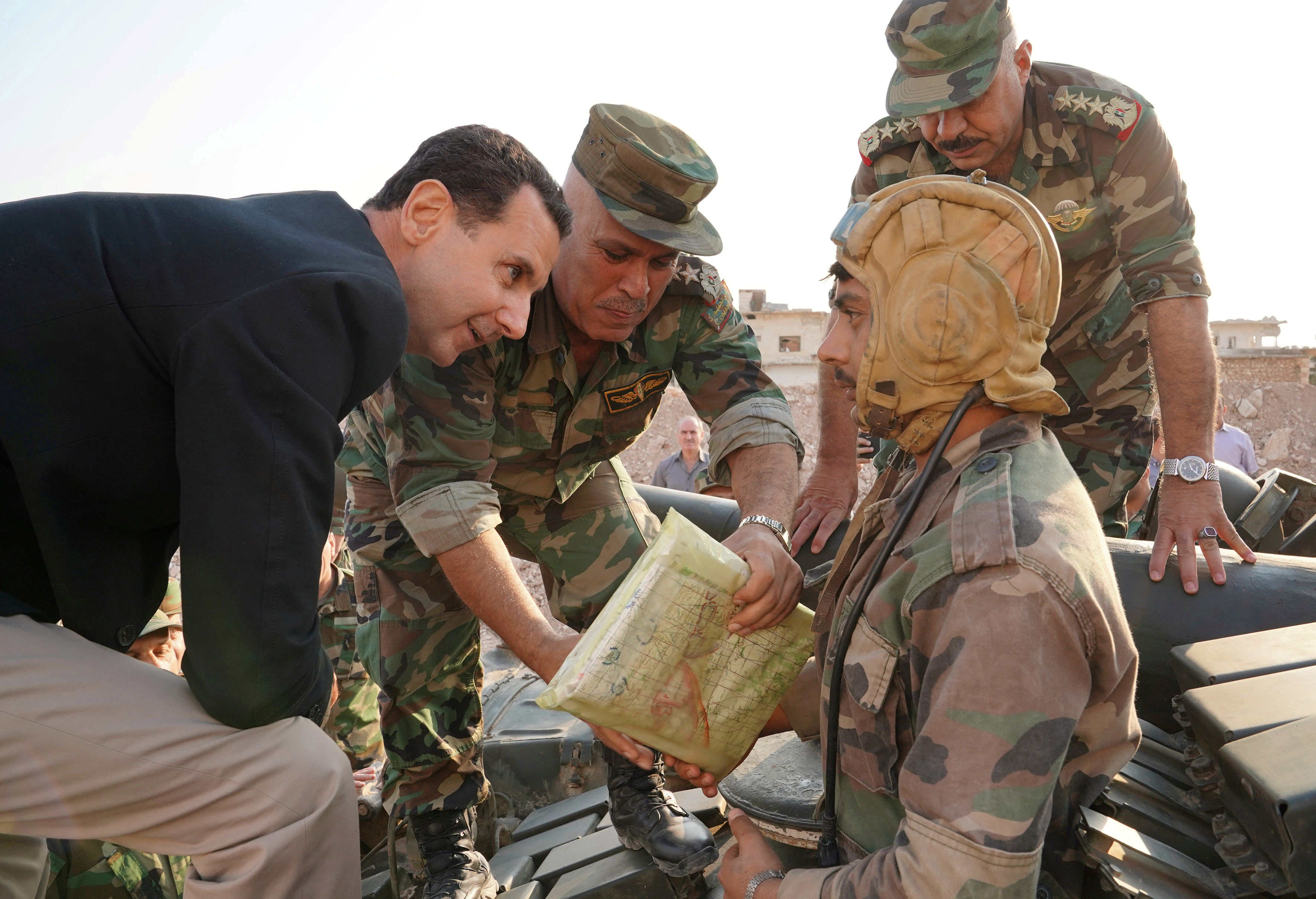
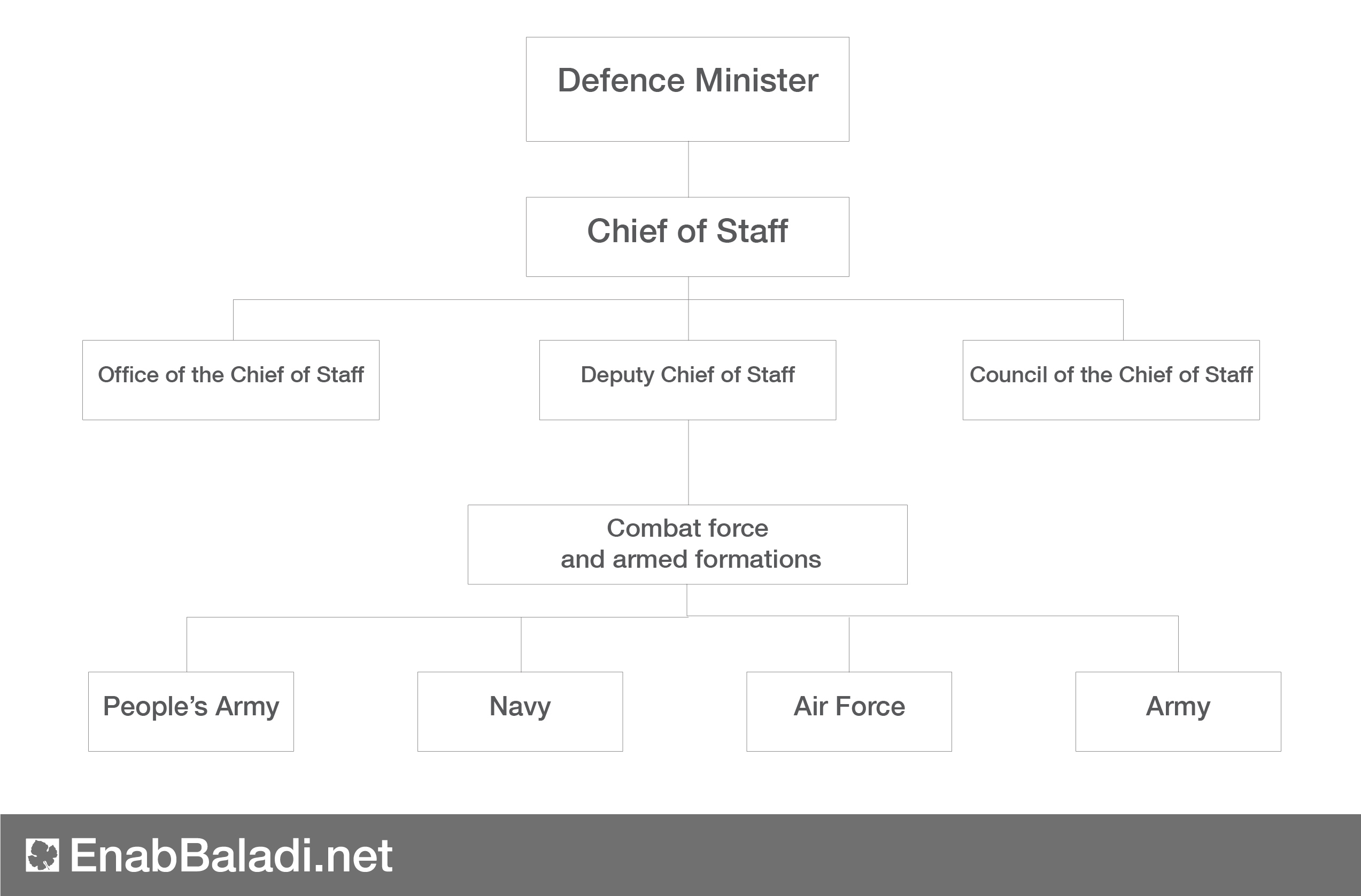
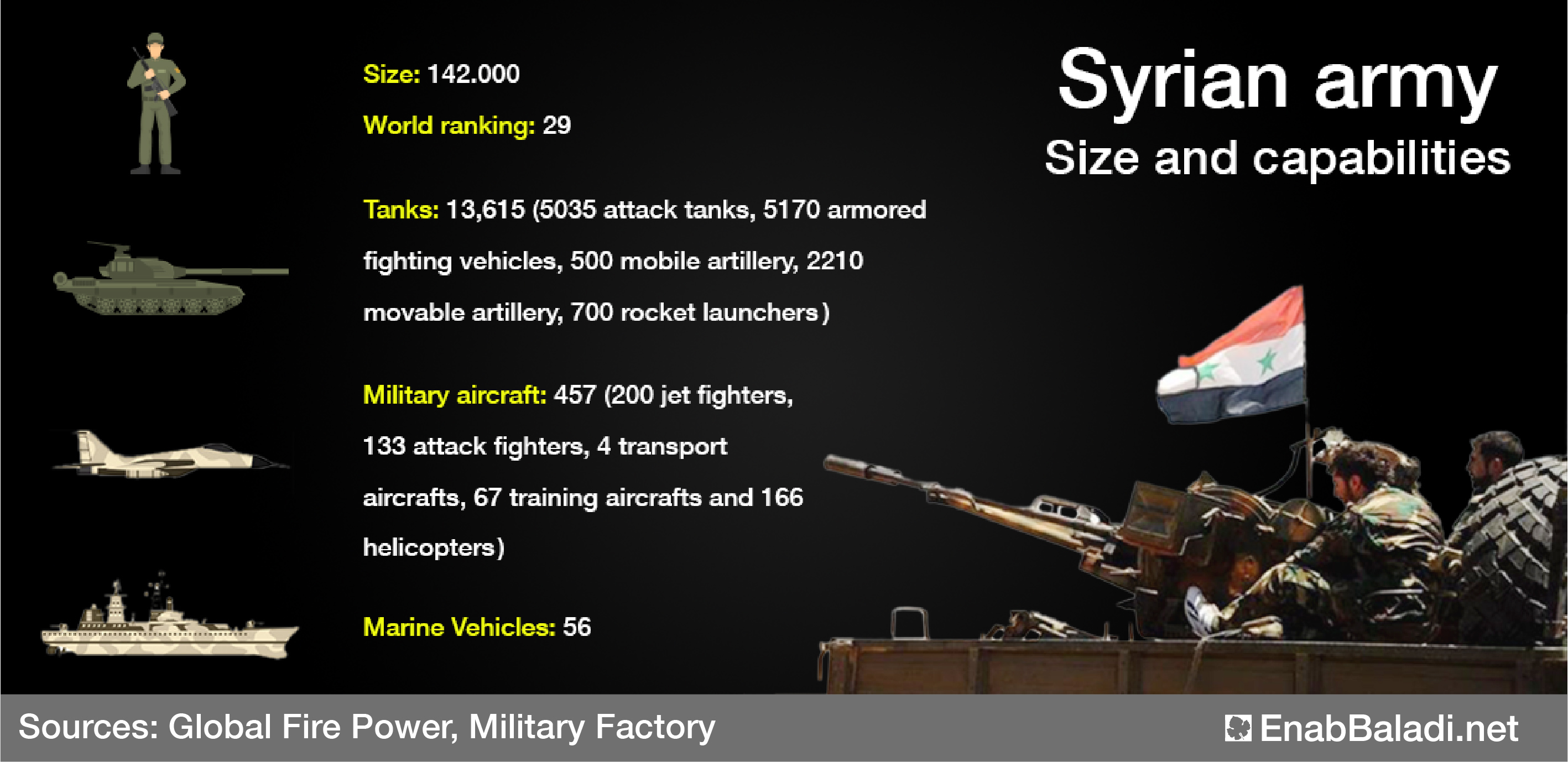



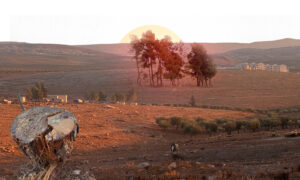
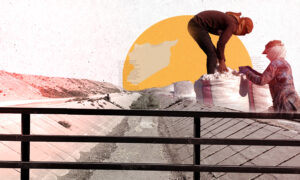

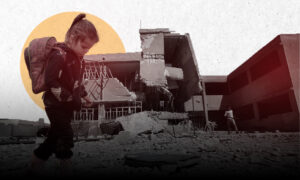
 More In-Depth
More In-Depth